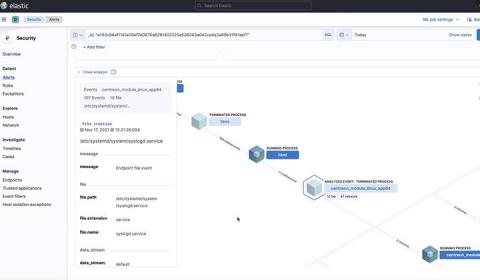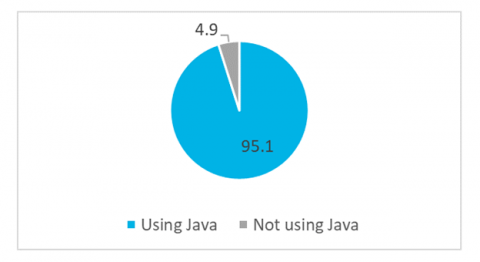Elastic Protects Against Ransomware and Linux Threats in MITRE Engenuity Round 4 Eval
That’s right all, it’s time for the latest MITRE Engenuity ATT&CK® evaluation. As we have come to expect each year, Elastic — along with other security vendors — are evaluated by MITRE Engenuity, a tech foundation that brings MITRE research to the public. The evaluation focuses on emulating techniques from the MITRE ATT&CK (Adversarial Tactics, Techniques, and Common Knowledge) framework to assess vendor protection capabilities.











